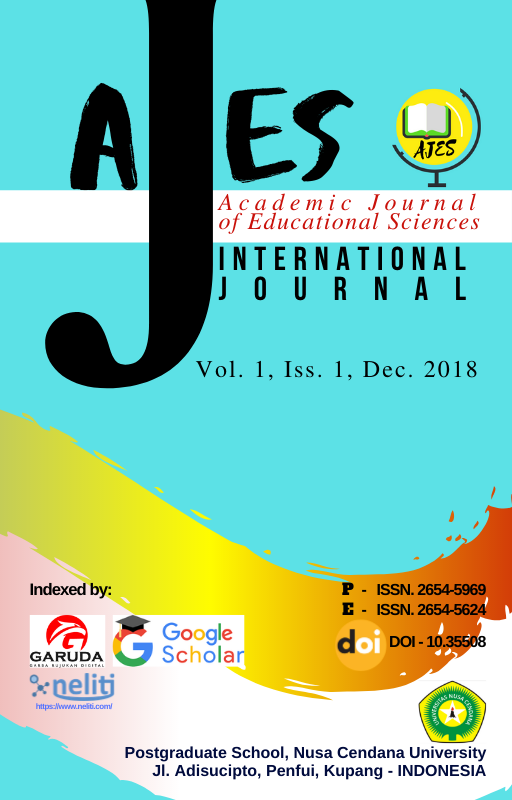THE DEVELOPMENT OF NUMBER TEACHING AIDS TO MINIMIZE MISCONCEPTIONS OF ELEMENTARY SCHOOL STUDENTS IN THE KUPANG CITY
Abstract
The problem often faced by elementary school teachers, especially those of the lower-class, is the creation of pleasant mathematical learning strategies capable of minimizing the numerous misconceptions experienced by students. One of the alternative solutions adopted is the application of the right learning media; a mathematics teaching aid for elementary school students. This study aims at developing a number teaching aid for elementary school students using natural materials commonly found a school’s surrounding environment. Using these materials will enable both teachers and students create inexpensive teaching aids, thereby, enhancing students' mathematical ability and their interest for their surrounding environment with the expectation that they become a generation capable of preserving and protecting nature and the earth in the future. The development research (DR), a research method that focuses on product design, product validation, small-scale usage tests and final product revisions and the observation methods were used to collect data. The DR model used was developed by Akker. The research was divided into the following stages; (1) design of number teaching aids and their operations, (2) product validation tests by mathematicians and learning media experts, (3) product revisions as a result of expert testing, (4) product use tests in limited class to see product practicality (5) product revisions as a result of limited use tests. In the final stage of this research, a cheap, and easy to use teaching aid package for elementary school students was produced. Results obtained from an interview conducted on teachers and students proved that this teaching aid reduced the numerous mathematical misconceptions experienced by students and increased the growth of students' positive attitudes towards their surrounding environment.

 Ch. Krisnandari Ekowati(1*)
Ch. Krisnandari Ekowati(1*)







